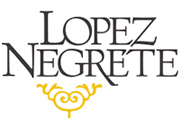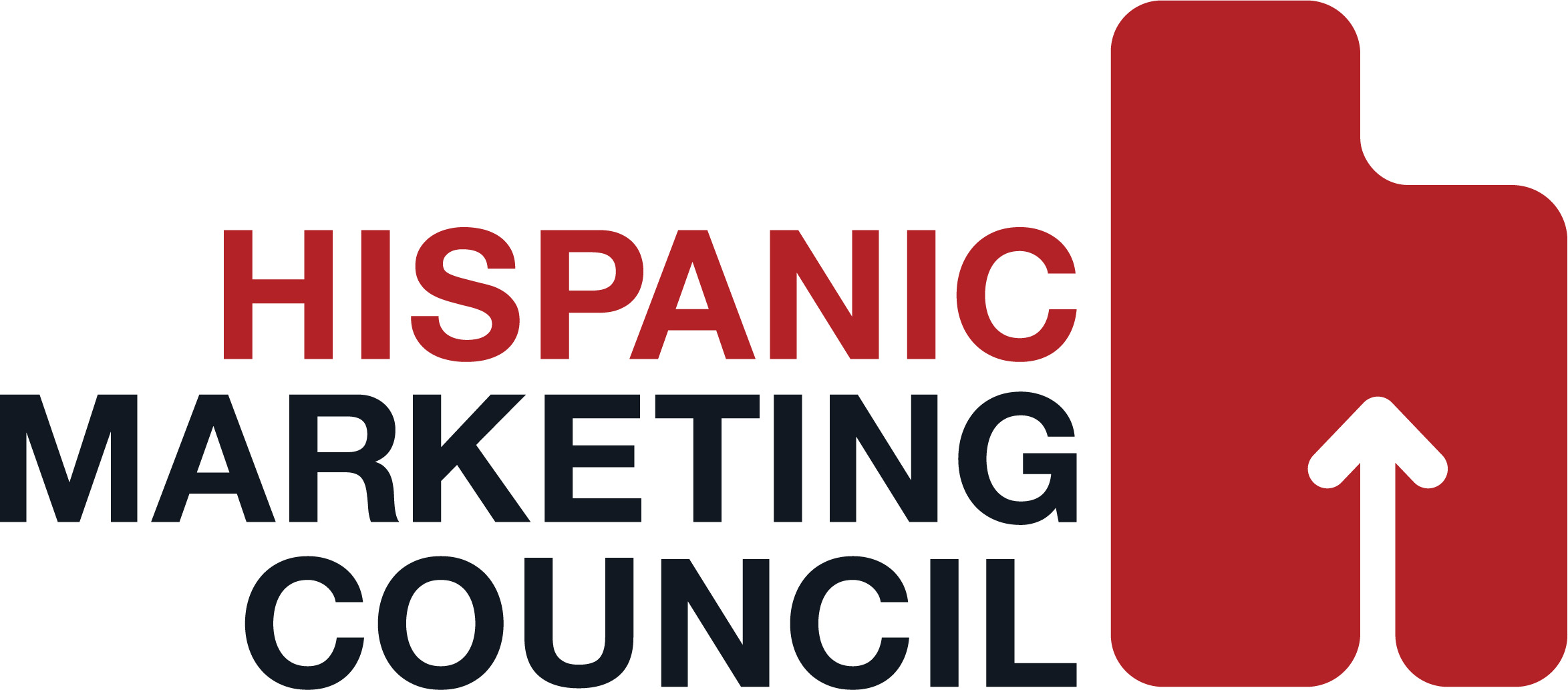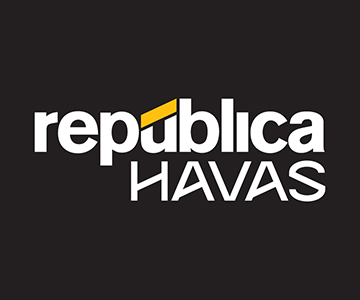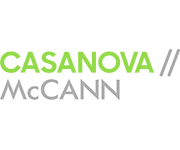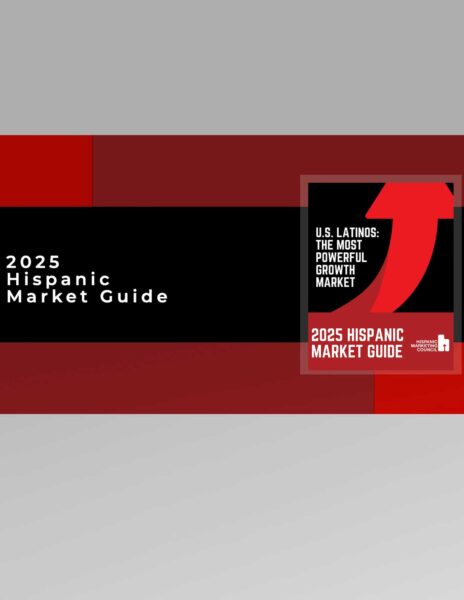Putting some ‘Perspectiva’ into Hispanic Direct Marketing.
April 14, 2007
The spirited discussions following Directo Hispano’s participation in the Directo Days Conference and the Latino Direct Mail Symposium, held in April in New York City, are the basis for this article prepared exclusively for HispanicAd.com.
A great way to understand the current state of direct marketing to Hispanic segments is to frame it in perspective: historical perspective and numerical perspective.
Consider the following:
Spanish-language advertising in the US started back in the early 1960s. The Association of Hispanic Advertising Agencies (AHAA), the industry trade organization, was founded in 1976.
Hispanic direct mail/marketing activities started in the early 1990s. In 1996, the Direct Marketing Association’s (DMA) Directo Council was founded. The DMA itself traces its roots back to 1917.
So the Directo Council comes into being 79 years after the DMA was founded and about 35 years after the birth of US Hispanic advertising. This is also 20 years after the founding of AHAA, at a time when investments in Hispanic advertising were measured in the hundreds of millions of dollars.
The 79-year gap between the founding of the DMA and that of the Directo Council helps to explain the differences between direct marketing to the general population and to US Hispanic segments. Another factor is numbers: 300 million vs. 40 million.
This 79-year old gap means that when Hispanic direct marketing was in its infancy, the direct marketing industry had enjoyed almost three generations in which to perfect itself, growing from a means of reaching distant customers via catalogue and mail promotions, into a formidable industry employing some 10% of the population.
The numerical difference can affect costs, statistical validation and ROI.
As a discipline, direct marketing is extremely advanced, possessing an immense body of learnings, codified into industry best practices, and supported by techniques and technologies specially created, tested, fine-tuned and deployed to build measurable, profitable lasting relationships with customer segments.
Perfected over the years, the general market has identified the 3 key factors in the direct marketing equation. These are: the channel (target/data/list), the offer (product/terms/form of payment) and the creative (the offer’s presentation to the potential customer.) Extensive testing and measuring have consistently proven that a compelling offer, delivered to the appropriate target via the right channel is the most efficient way of achieving success. So much so that the packaging of the offer, or creative, plays a far lesser role than the other two elements. Thus, in order of importance channel and offer each account for 40%; while creative amounts to 20%.
Comparing each element with their Hispanic counterpart will paint a very adequate portrait of the challenges facing the US Hispanic direct marketing industry.
THE CHANNEL.
While in the general market, mailing lists undergo ongoing and extremely rigorous processes of testing, improving, adjusting, updating, such maintenance is far more limited in the Hispanic market. For one thing, the Hispanic population moves a lot as compared to the general market and, for the less acculturated segments, common practices such as filling out change of address forms are virtually unknown. Another key problem is the sources for that data – compiled lists are less effective that response lists.
Additionally, while the general market has developed powerful software that is routinely used in compiling and analyzing data, this technology seldom extends to the Hispanic segment. Fundamental questions such as likelihood or certainty of Hispanic origin, language of choice, lifestyle, responsiveness and myriad others are still not adequately answered. Not to mention that the development, testing and perfecting of predictive tools like regression analysis models that are cost of entry in the database marketing universe, is basically in the drawing board for the Hispanic landscape.
Also at this point in time, the complex and highly precise science of statistics bears some pressure against Hispanic lists. Substantially smaller universe sizes decrease the certainty that test results will be replicated, which in turn affects one of the key elements of Direct Marketing: testing to roll-out.
THE OFFERING:
A “Godfather Offer” (one that can’t be resisted), must combine relevance, appeal, ease of payment and terms and conditions. It must reach the right target, at the right price, at the right time; and be presented via the right message. This can be tricky when applied to Hispanic segments
The less acculturated Hispanic segments may not be familiar with some products. This may reduce relevance. Attractive and effective offering sweeteners, like “Free trial” “30-day Money Back Guarantee” “No commitment”, often mean little for segments that may still be skeptical about committing some of their hard-earned money to purchasing goods or services they know little about.
And then there are issues like credit card usage, affecting payment mechanisms; phone phobia, affecting responsiveness; and mail as a sales vehicle, a behavior almost completely alien to some Hispanic segments in the US.
CREATIVE:
Great results-producing direct marketing creatives perfected their craft by knowing how to capture the target’s attention, presenting the product in the most appealing light and guiding the prospect -whichever the channel – to action.
Some of the most common challenges Hispanic direct response creatives face include: language (English or Spanish); the amounts of product education required; ¿tu or usted?; the right balance between copy or art; tone and manner, or the clash between action-driven language and cultural formality (“¡¡No me gusta que me digan qué hacer!!”).
In addition, teasing, playful involvement devices such as megalogs and other proven formats have at times created confusion. Smaller printing quantities raise costs disproportionately. And then there’s testing: what can and should be tested given the lack of volume.
NOW FOR THE GOOD NEWS.
There are plenty of precedents out there where all of the above hurdles were negotiated and successfully programs were implement. Such was the case of AT&T from 1992 to 2004.
Fighting to acquire and retain valuable Hispanic customers, AT&T launched an on-going customized, segmented, targeted, measurable communications stream targeting Hispanic customers and potential customers. A 5-touch contact strategy across selected channels mirrored that of the General market, presenting a host of successful offers and incentives.
Response rates were within allowable parameters, acquiring hundreds of thousands of Hispanic customers. Retention efforts maximized lifetime value and, although proprietary information to this day, ROI was quite positive.
A key element was the joint production with the general market and other multicultural efforts, leveraging efficiencies of scale, and decreasing substantially production costs. That’s when numbers bear a positive impact on a program.
Today, often unconsciously, other marketers are bringing these learnings into the Hispanic direct marketing programs. Numerous mailings now include a Hispanic component with minimum changes (black plate) in the overall press run. Also, original Hispanic direct response television commercials are increasingly jointly produced with the general market.
Framing these production efficiencies within a sound marketing strategy paves the way to further successes. A means to achieving that is understanding the role each channel plays in the AIDA model (Awareness, Interest, Desire, Action). Linking the channels, and layering them to achieve a cumulative effect, will soften the target to the offering. Metrics will yield valuable learnings, allowing for strategy refinement and tactical adjustment to the program’s benefit. In some cases, for example, mail can be used as an awareness vehicle while action will derive from another channel. In others, mail can generate Interest and desire can increase through another channel. Combinations are many and possibilities infinite.
To plug some of our work, visit the Directo Hispano site to view samples of successful Direct Marketing campaigns http://www.directohispano.com/our-work.html>
In a previous article, we argued for a flexible approach to Direct Marketing to Hispanics. When resulting from a clear understanding of the interplay of channel, offer and creative, flexibility is a powerful strategic tool. This tool can be leveraged by the growing list of marketers that are beginning to tap the Hispanic opportunity.
The road ahead for direct marketing to Hispanic audiences is wide open. A lot has been achieved but a lot remains to be done. From improved targeting, to US-Hispanic-specific profiling tools; from regression models to industry-specific metrics that incorporate lifetime value, such tools are being developed and soon they will be adopted. As this happens, the impact will be tremendous. These are exciting times indeed.
By Carlos F. Torres,
Partner, Directo Hispano








